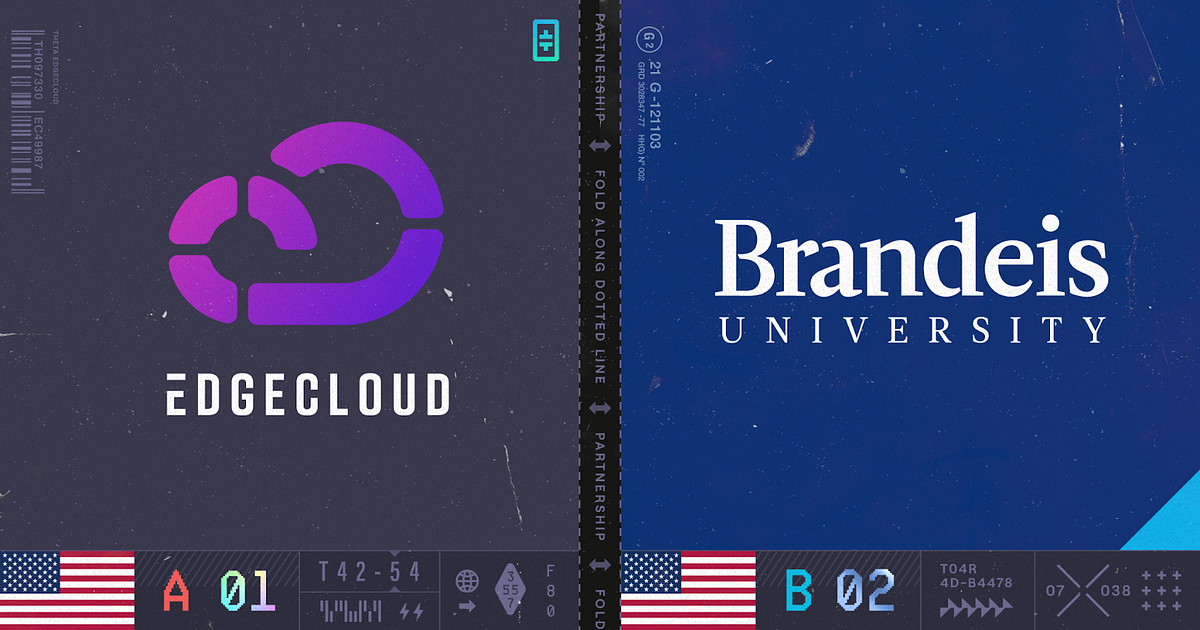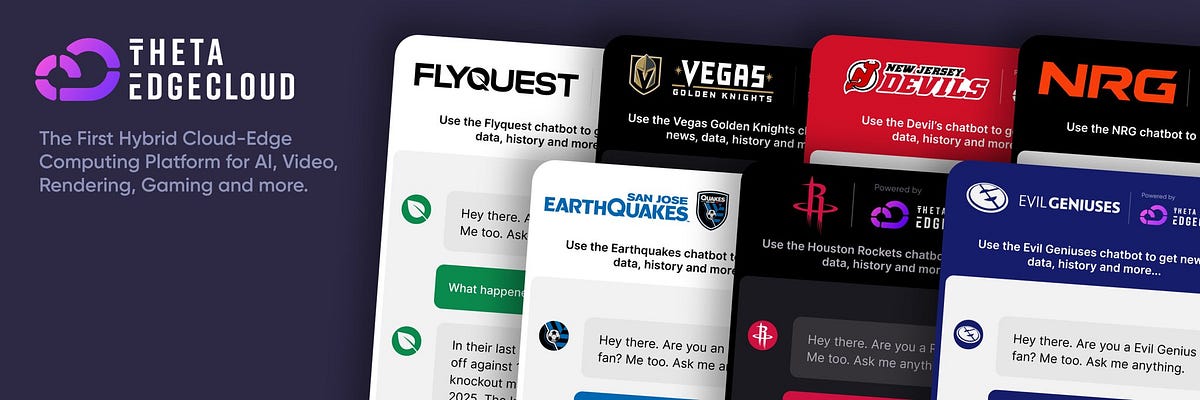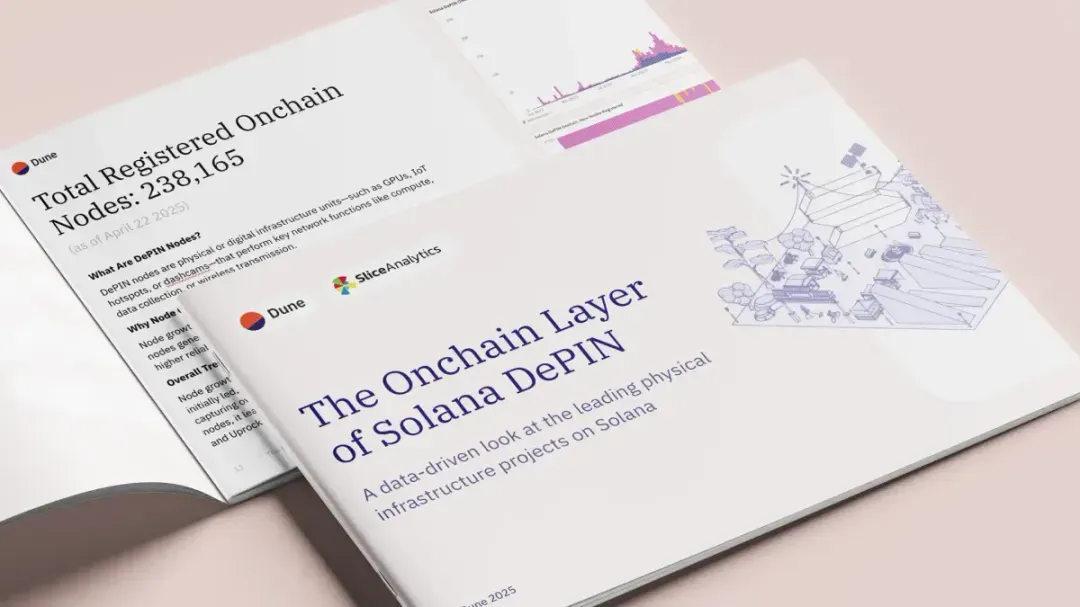Fine-Tuning Llama 3.2: A Comprehensive Guide for Enhanced Model Performance
Meta’s recent release of Llama 3.2 marks a significant advancement in the fine-tuning of large language models (LLMs), making it easier for machine learning engineers and data scientists to enhance model performance for specific tasks. This guide outlines the fine-tuning process, including the necessary setup, dataset creation, and training script configuration. Fine-tuning allows models like Llama 3.2 to specialize in particular domains, such as customer support, resulting in more accurate and relevant responses compared to general-purpose models.
To begin fine-tuning Llama 3.2, users must first set up their environment, particularly if they are using Windows. This involves installing the Windows Subsystem for Linux (WSL) to access a Linux terminal, configuring GPU access with the appropriate NVIDIA drivers, and installing essential tools like Python development dependencies. Once the environment is prepared, users can create a dataset tailored for fine-tuning. For instance, a dataset can be generated to train Llama 3.2 to answer simple math questions, which serves as a straightforward example of targeted fine-tuning.
After preparing the dataset, the next step is to set up a training script using the Unsloth library, which simplifies the fine-tuning process through Low-Rank Adaptation (LoRA). This involves installing required packages, loading the model, and beginning the training process. Once the model is fine-tuned, it is crucial to evaluate its performance by generating a test set and comparing the model’s responses against expected answers. While fine-tuning offers substantial benefits in improving model accuracy for specific tasks, it is essential to consider its limitations and the potential effectiveness of prompt tuning for less complex requirements.
Related News





